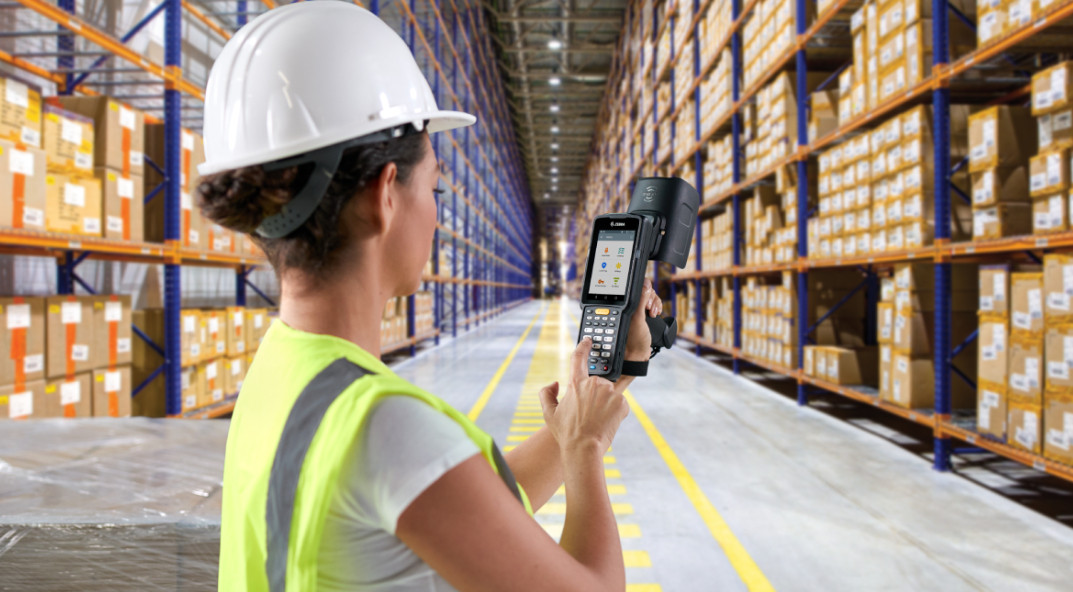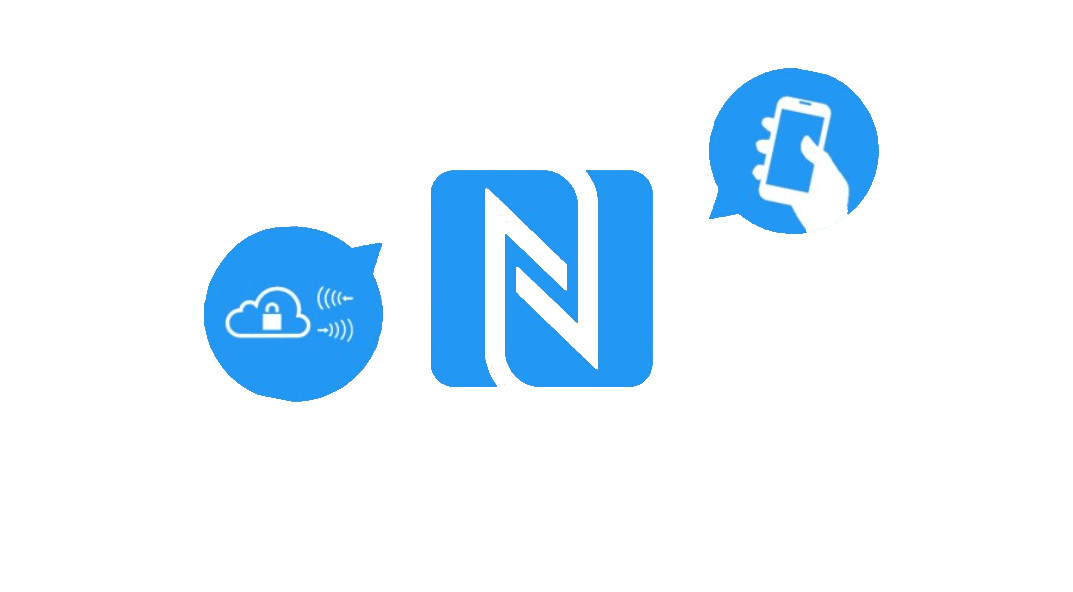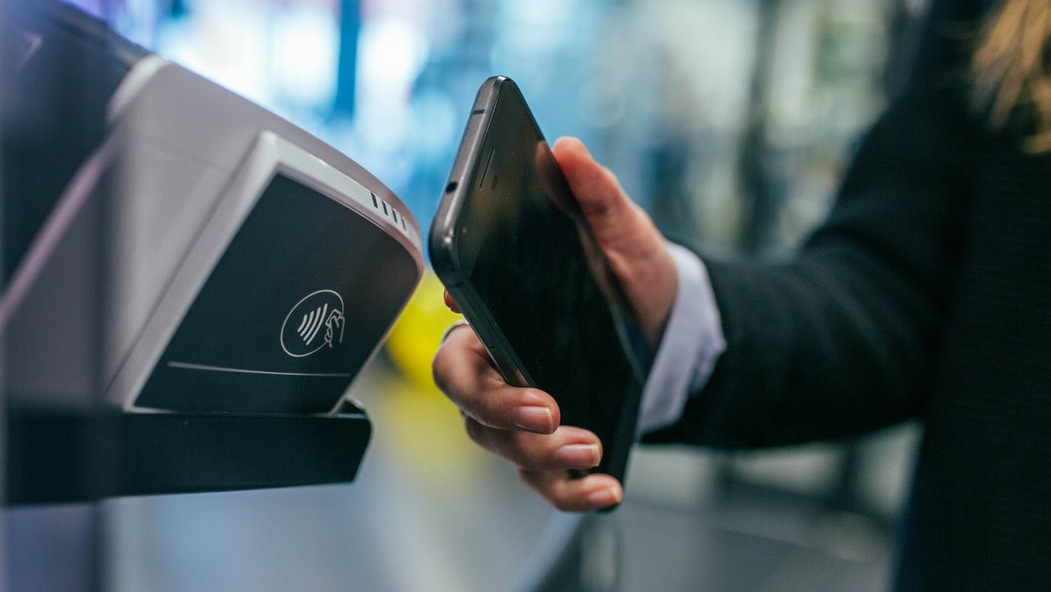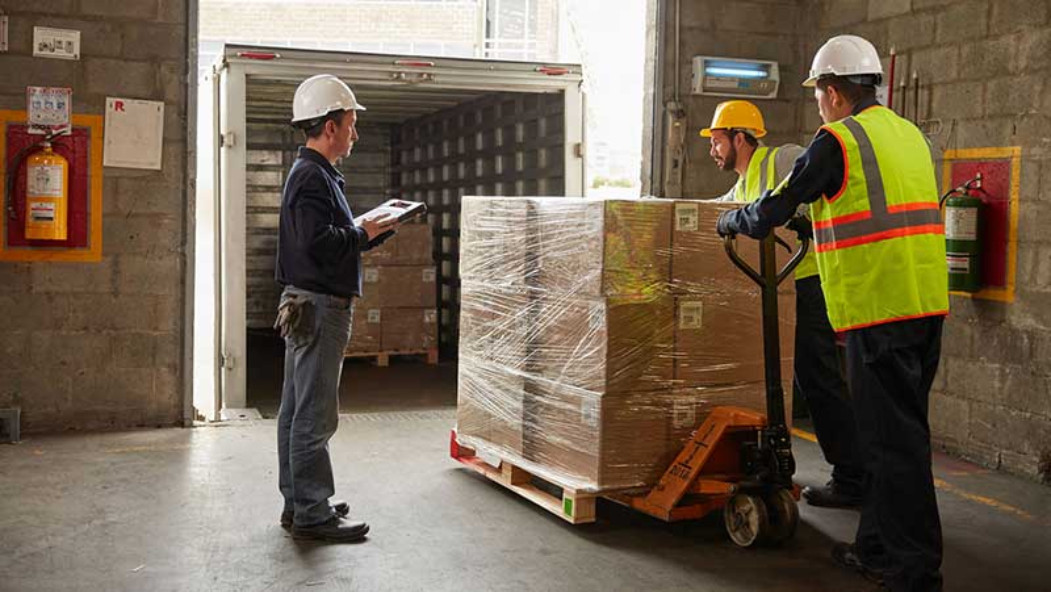Looking into RFID Types and Applications
Introduction to NFC
NFC - Near Field Communication, is a form of close proximity communication that uses Radio Frequency energy to send and receive information/data. To make things clear, let's look into 10 Questions & Answers!
1. HOW DOES NFC WORK?
NFC works by transmitting and receiving information/data at short distances (mm). When two devices with NFC are close, they create an electromagnetic field ir order to share the encoded data.
2. WHAT'S THE READING RANGE OF NFC?
On average the maximum read range is around 4 cm, however in some cases it is necessary the contact of the two devices.
3. WHAT'S THE DIFFERENCE BETWEEN NFC AND RFID?
NFC is a subset of RFID. High Frequency RFID tags work between 3 and 30 MHz, and NFC tags only work on 13,56 MHz. Furthermore NFC is also standardized and regulated through ISO (International Organization of Standardization) and the NFC Forum.
4. WHAT CHIPS CAN BE USED ON NFC TAGS?
A whide range! NXP Semiconductors is the most popular manufacturer of NFC chips. Some of the popular chips include: NTAG213, NTAG216, NXP Ultralight EV1, NXP ICODE SLIX, and others.
The tag manufacturers use NXP's chips to create NFC tags, keyfobs and cards. You can find some examples on our online shop like: Label NFC NTAG213 on-metal, a Disc MIFARE Ultralight EV1, and many other examples - Find our range of NFC tags HERE.
5. HOW CAN I ENCODE AN NFC TAG?
Majority of NFC enabled devices can read and enconde a tag. However in some cases the tag can be protected and it is impossible to rewrite it.
Nowadays, almost all smartphones have NFC, which is a great way to read and enconde a tag. There are some free Apps available for Android and Apple that can help you.
6. WHAT CAN I ENCODE ON A NFC TAG/KEYFOB/CARD?
There are many possibilites available. It is possible to create a Digital Business Card, encoding an URL for marketing purposes, simply share WiFi credentials, turn-on Bluetooth, share a location and many other options. NFC it is a world to be yet discovered.
7. HOW MUCH INFORMATION CAN YOU PUT ON A NFC TAG/KEYFOB/CARD?
This is a question asked many times. The information that you can put into an NFC tag/keyfob/card totally depends on the chip. For example an NXP NTAG213 chip has a memory of 144 bytes, and an NXP NTAG216 chip has a memory of 888 bytes. That means that NXP NTAG216 will be able to retain more information/data, for example a Digital Business Card with Name, Company Name, Email Address, Phone Number, Address, URL. With the free Apps avaible from NXP it's easy to understand how to encode a tag.
8. HOW CAN I USE MY SMARTPHONE WITH NFC?
It depends on the type of smartphone you have. Today, most of the smartphones have enabled NFC, however there are some tweaks necessary in some cases. If you have an Android system, NFC must be activated, so you can simply tap the tag on your smartphone and it will automatically read the data encoded. For Apple phones, NFC is native as well, however you must download a free App so it can access its capabilities.
9. WHAT ARE SOME DAY-TO-DAY APPLICATIONS OF NFC?
NFC tags/keyfobs/cards etc provide a simply and easy way to share data. The most widely used application of NFC, is one that you probably use everyday but you are not aware of the technology, which is payment exchange via smartphones.
Other possible applications include:
Marketing - sharing of URL (landings pages) or Social Media pages
Identification - identification of products
Exchange data - exchange information like a Digital Business Card
10. WHAT ARE SOME EXAMPLES OF PRODUCTS WITH NFC?
There is one example that is widely used because any product that needs to be identified and/or be able to exchange data with a smartphone or smart reader is typically embedded with RFID tag. The difference here is that NFC is specifically chosen when a short range of reading is needed, like with apparel, footwear, keychains, packaging, smart watches and others.
If you would like to know more about NFC, please reach us out! We offer many possibilites of its use and also develop projects according to our clients needs.
Contact us at orders@mobility.pt







Leave a comment